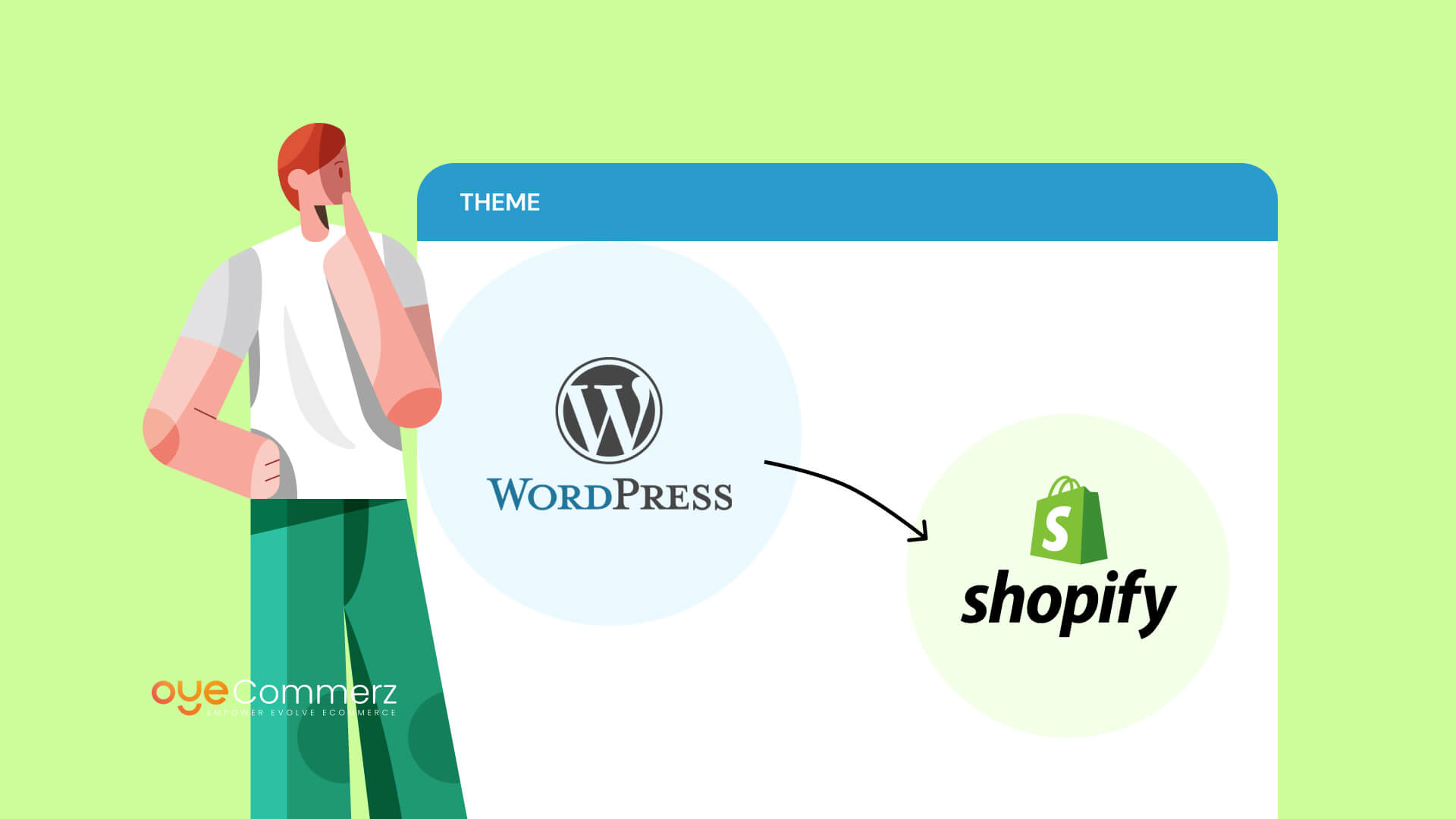Transitioning from WP to Shopify marks an promising step toward optimizing your e-commerce operations. As businesses grow, choosing a platform that supports growth potential, UX, and customization is essential. Shopify has emerged as a preferred choice for online merchants, providing unmatched adaptability, security, and user-friendliness. In this guide, we’ll explore the transformative impact of this migration, highlight the advantages, and share practical tips to ensure a seamless transition.
1. Top Reasons to Transition from WordPress to Shopify
WordPress, paired with WooCommerce, continues to support countless e-commerce platforms. However, as businesses expand, issues like plugin dependency, security vulnerabilities, and technical complexities often obstruct progress. Shopify, designed explicitly for digital retail, addresses these concerns with an all-in-one, intuitive platform. Real data supports this shift—Shopify powers over 4.4 million websites globally, with a reported 10% increase in sales conversion rates for many businesses after migration.
2. Key Benefits of Shopify for E-commerce Success
Shopify’s powerful platform is tailored for expanding brands. Its standout benefits are:
- Seamless Customization: Shopify offers over 80 expertly crafted themes.
- Integrated Tools: Features like Shopify Payments and integrated SEO streamline operations.
- International Expansion: Multi-currency support and regional customization empower businesses to expand internationally.
Additionally, Shopify boasts an uptime rate of 99.98%, ensuring your website is always operational.
3. Getting Ready for Your WordPress-to-Shopify Transition
Before migrating, evaluate your current store. Review inventory details, client information, and SEO performance. Tools like Shopify’s Migration Kit or external tools can simplify this process. Create a detailed strategy, ensuring all resources—product descriptions, media files, and blog content—are ready for seamless import.
4. The Importance of Accurate Data Migration
Data migration is a cornerstone of a successful platform switch. When moving from WordPress to Shopify, prioritize:
- Inventory Details: SKU, descriptions, and categories.
- Client Information: Emails, order history, and custom fields.
- SEO Optimization: Preserve meta tags, URLs, and redirects to maintain search rankings.
Leverage apps like LitExtension to facilitate seamless migration while minimizing errors.
5. Customizing Your Shopify Store
After the move, customizing your Shopify store ensures it aligns with your business identity. Utilize Shopify’s intuitive page builder to design pages effortlessly. Shopify's themes are optimized for all devices, ensuring a smooth user experience across devices—a key point, given 74% of online shopping comes from mobile visitors.
6. Maintaining SEO During Migration
SEO is vital for preserving your visibility during migration. Shopify is highly optimized for search engines with clean URL structures, preloaded features, and smooth content management. Ensure:
- Implement 301 redirects for old URLs.
- Enhance updated content with targeted phrases.
- Leverage plugins like Plug in SEO to monitor performance after the switch.
7. Essential Tests After Migrating to Shopify
After finishing the transfer, run detailed checks.
Review: - Page load times (Shopify delivers faster speeds compared to WP).
- Functionality of payment gateways and checkout processes.
- Mobile responsiveness.
Testing guarantees your store delivers a smooth shopping experience from day one.
8. Case Study of a Successful Migration
One WordPress migration to Shopify such migration success story is Gymshark, a fitness apparel brand that moved to Shopify. Post-migration, the company saw a 60% increase in mobile sales and significantly lowered site downtime. This showcases the capabilities of Shopify in driving e-commerce growth.
9. Overcoming Common Migration Issues
Migration comes with challenges, such as data integrity and reconfiguring custom functionalities. However, Shopify’s extensive assistance and third-party experts make overcoming these hurdles manageable. Partnering with experienced Shopify developers ensures a smooth transition.
10. Starting Your Journey with Shopify
Switching from WordPress to Shopify marks a strategic approach to e-commerce. By focusing on growth, Migration for WordPress websites simplifying management, and enhancing the customer experience, Shopify enables companies to thrive in competitive markets.
Conclusion
Transitioning from WordPress to Shopify is a strategic move that can significantly boost your e-commerce success. With a robust migration plan, the appropriate resources, and expert support, you can achieve new growth opportunities.
Ready to make the leap? Let’s discuss how our Shopify migration services can transform your online store. Contact us now, or consider: Is it time to seize Shopify’s advantages for your store?
